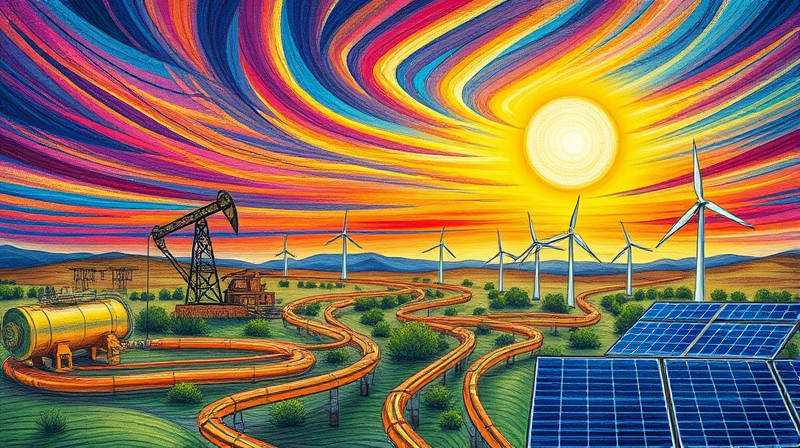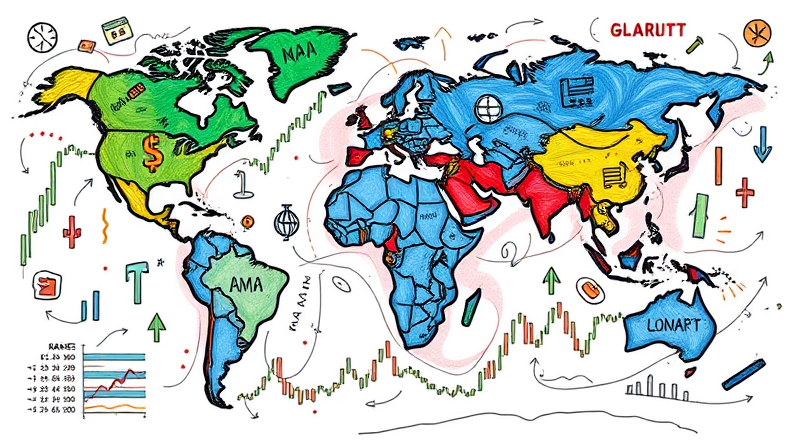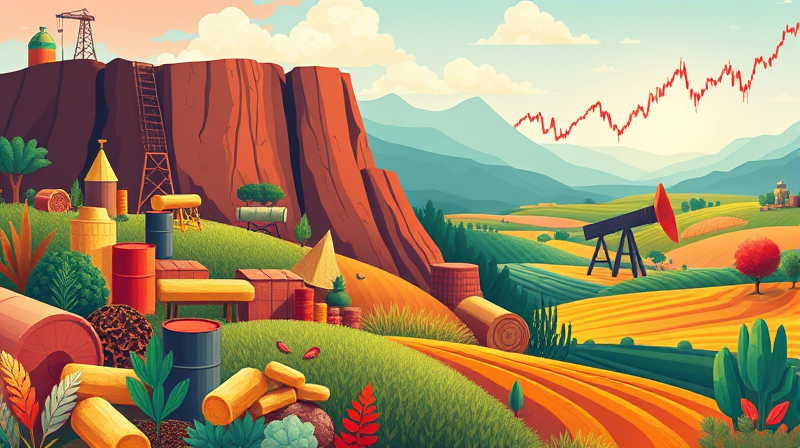
As the world navigates an era of unprecedented investment shifts, understanding the forces shaping oil, gas, and renewable markets is critical.
This article provides an in-depth look at the trends, figures, and strategic shifts defining global energy in 2025.
In 2025, record global investment in energy hit a historic $3.3 trillion, marking a turning point for the industry.
For the first time, spending on clean technologies eclipsed upstream oil and gas capital. Investors allocated roughly $2.2 trillion to renewables, grids, storage, nuclear, and efficiency—almost twice the fossil fuel outlay.
Solar PV led this charge, representing half of all cleantech investment and delivering about two-thirds of new installed capacity. Policy drivers, such as electrification mandates and energy security concerns, reinforced this shift away from traditional hydrocarbons.
Despite reduced upstream investments, the oil and gas sector maintained remarkable financial health. From January through November 2024, companies returned $213 billion in dividends and $136 billion in share buybacks, showcasing robust cash flow and capital discipline.
Brent crude traded within a stable $74–$90 per barrel range—the narrowest 25-year span—reflecting balanced supply and demand sentiments amid geopolitical headwinds.
Producers are optimizing operations through production efficiency and low-carbon technology, balancing shareholder returns with incremental decarbonization. At the same time, oilfield services experienced their best performance in more than three decades, signaling enduring demand for hydrocarbon development.
Renewable capacity expansion accelerated in 2024 and 2025, driven by innovation in solar, wind, and storage.
Key advances include AI-powered forecasting for variable output and doubling of battery and long-duration storage deployments, ensuring grid reliability during peak loads.
Corporate procurement also surged, particularly among tech giants and data center operators seeking to secure green power. Manufacturing expansions in cleantech sectors have benefited from supportive policies, even as global oversupply concerns linger.
The data center boom has emerged as a pivotal force in energy markets. Rapid growth in computing demand pushed electricity consumption up by 4.3% in 2024—outpacing GDP growth and stressing grids worldwide.
Natural gas-fired generation stepped in to meet baseload needs, underpinning a 28% share of supply growth. This trend underscores the complex interplay between digitalization and traditional fuels, raising questions about price volatility and long-term resource planning.
National strategies now emphasize secure, reliable energy supplies across all forms. Governments are committing to diversified portfolios that include oil, gas, renewables, and emerging solutions like CCUS.
Integrated planning for generation, transmission, storage, and digital infrastructure is reshaping regulatory frameworks in both advanced and emerging economies. Geopolitical tensions and macroeconomic headwinds continue to influence investment decisions, highlighting the need for resilient energy architectures.
Emerging markets, led by China and India, accounted for over 80% of global demand growth in 2024. Although China’s growth is moderating, it remains the largest single driver of incremental consumption.
In contrast, many OECD countries have seen flat or declining energy demand since 2007, reflecting efficiency gains and structural shifts in consumption. These divergent trends underscore the importance of tailored policies that address regional priorities and capabilities.
Despite progress, several constraints could slow the energy transition:
Addressing these challenges will require coordinated regulatory reforms, sustained investment in digital infrastructure, and flexible market mechanisms that value reliability as well as emissions reductions.
As we look toward a more diversified and resilient energy future, the interplay among oil, gas, and renewables will define economic and environmental outcomes.
By embracing innovation, streamlining policy frameworks, and prioritizing security, stakeholders can navigate the complexities of 2025 and beyond, ensuring access to reliable, affordable, and sustainable energy for all.
References













